Description
Chicory – Red Rossa Di Treviso 4 (Early)
Chicory Red – Rossa Di Treviso 4 (Early). A stunning classic Italian Chicory variety producing long pointed foliage that starts green and turns to the classic red as the weather becomes colder in autumn. Can also be forced like Witloof to produce paler, tender shoots.
Cultivation Advice For Chicory Red – Rossa Di Treviso 4 (Early)
- Plant chicory seeds in early spring or late summer/early fall for a fall harvest. This cool-season crop prefers temperatures between 50°F to 70°F (10°C to 21°C).
- Choose well-draining, fertile soil enriched with organic matter. Aim for a slightly acidic to neutral soil pH (around 6.0 to 7.0).
- Chicory prefers full sun but can tolerate partial shade. Ensure they receive at least 6 hours of sunlight daily.
- Keep the soil consistently moist but not waterlogged. Adequate moisture is crucial, especially during dry periods. Water at the base of the plant to prevent leaf diseases.
- Thin seedlings to allow proper spacing (typically 8 to 12 inches apart) once they are a few inches tall. This ensures good air circulation and prevents overcrowding.
- Use a balanced fertilizer at planting time. Avoid excessive nitrogen, as it can result in overly lush foliage with a milder flavor.
- Apply a layer of organic mulch around the base of the plants to retain moisture, suppress weeds, and regulate soil temperature.
- Consider hilling soil around the base of the chicory plants to blanch the leaves, which can reduce bitterness. This is typically done as the plants mature.
- Protect young plants from late spring frosts and provide shade during hot summer afternoons. Covering plants with row covers can help during colder periods.
- Harvest chicory when the heads are firm and well-formed. The outer leaves will be red, and the inner leaves will be more yellow or green. Harvest before the first hard frost for the best flavor.
- Consider succession planting every few weeks to ensure a continuous harvest throughout the growing season.
- Watch for pests like aphids or slugs. Apply organic or chemical controls as needed, and inspect plants regularly for signs of diseases.
- Plant chicory near crops that benefit from its pest-repelling properties, such as tomatoes or brassicas.
- After harvesting, store chicory heads in the refrigerator. The bitterness may decrease slightly after exposure to colder temperatur
- In regions with harsh winters, consider providing winter protection with row covers or mulching to insulate the plants and extend the harvest season
- If space is limited, chicory can be grown in containers. Ensure the containers have good drainage, and use a quality potting mix.
- If you prefer a milder flavor, consider harvesting the chicory heads earlier in their development. Younger leaves tend to be less bitter.
- Experiment with blanching techniques to control bitterness. This can involve covering the plants with buckets or bags to exclude light and reduce chlorophyll production.
- Maintain consistent watering throughout the growing season, especially during dry spells. Even moisture helps prevent the leaves from becoming excessively bitter.
- Consider growing chicory in raised beds, which can improve drainage and soil warmth, particularly in areas with heavy or poorly draining soils.
- Use physical barriers such as row covers to protect young plants from pests like flea beetles, which can damage the leaves.
- Apply compost around the base of the plants during the growing season to provide additional nutrients and promote healthy growth.
- If planting in late summer or early fall, provide ample water to help the plants establish before winter. Mulch around the base to insulate the soil.
- Consider interplanting chicory with cover crops during the off-season. Cover crops can help improve soil structure and fertility.
- Monitor soil moisture levels regularly, especially during hot and dry periods. Adequate moisture is essential for proper head formation.
- Observe color changes in the leaves as a visual indicator of maturity. Harvest when the outer leaves are well-colored, and the heads are compact.
- Rotate chicory plantings annually to reduce the risk of soil-borne diseases. Avoid planting in the same location where other members of the chicory family have grown in recent years.
- Consult local agricultural extension services, gardening forums, or books specific to your region for additional insights into growing chicory successfull.

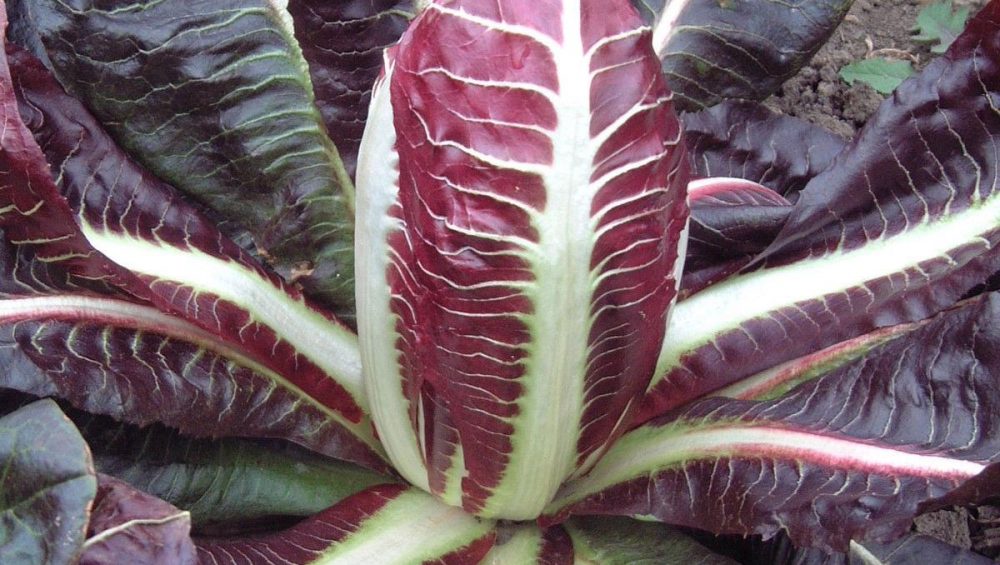
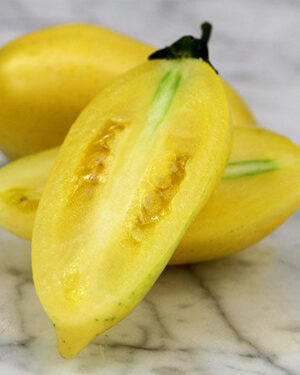
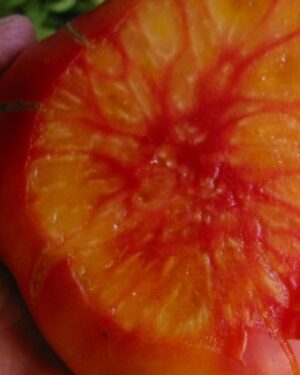
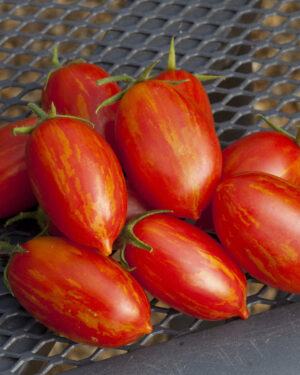



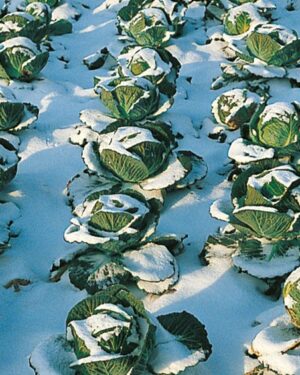
Reviews
There are no reviews yet.